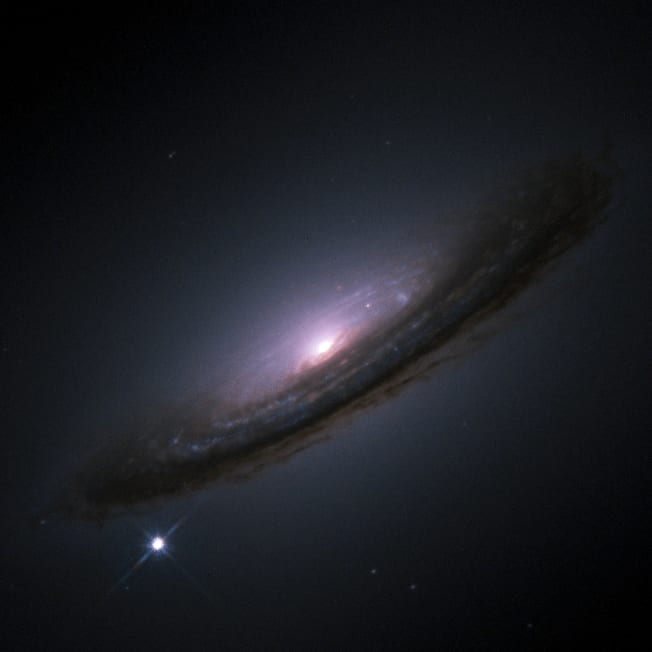Humans have always been trying to figure out where we come from. How did we get here, and why do we look the way that we do?
One trait that sets humans apart from other apes is the ability to walk upright. Proto-humans began to walk upright about 6 million years ago. According to one theory, the ability likely gave us an evolutionary advantage — it allowed us to excel at hunting in the savanna, because we were able to see prey at a distance.
But where did the ability come from? Scientists believe that the ability to walk upright is due to a gene mutation on chromosome 17. An event in ancient history must have selected for this mutation, but it’s not clear was it was.
In The Journal of Geology, scientists propose that the event was an ancient supernova.
It may seem unlikely that a faraway exploding star could have affected our evolutionary development, but the theory is surprisingly easy to understand.
According to the theory, a star detonated near the Earth and showered the planet with energetic cosmic rays, which in turn increased the amount of highly energetic particles in the atmosphere. As a result, lightning strikes become a lot more common. Lightning strikes are the biggest natural cause of wildfires. Wildfires create treeless savannas. Treeless savannas are where upright-walking humans found success because being able to see over the tall grass was such a benefit.
This theory may seem farfetched, but the timeline matches up — the geological record shows an increase in forest fires 7-8 million years ago, just a million years before humans began walking upright. Also, a separate ancient supernova event was possibly connected to an increase in wildfires.
It’ll be a long time before anyone knows whether this theory is valid or not — for one, scientists would have to wait for a modern supernova to put the lightning theory to any practical test.
Nonetheless, the idea that human evolution could be affected by the stars isn’t so far-fetched after all!
The post Some Scientists Think Humans Began Walking Upright Because of an Ancient Supernova appeared first on UberFacts.



